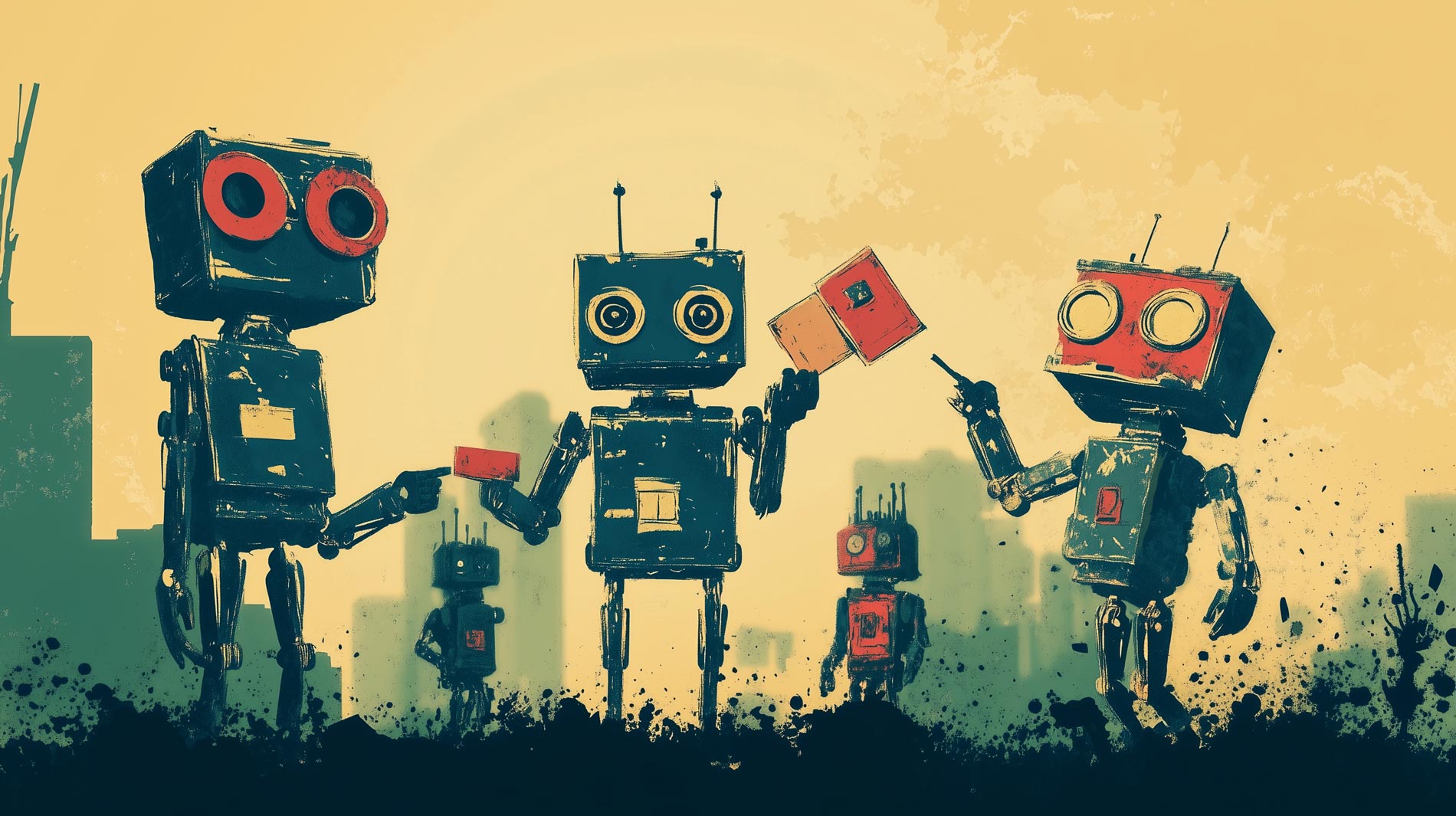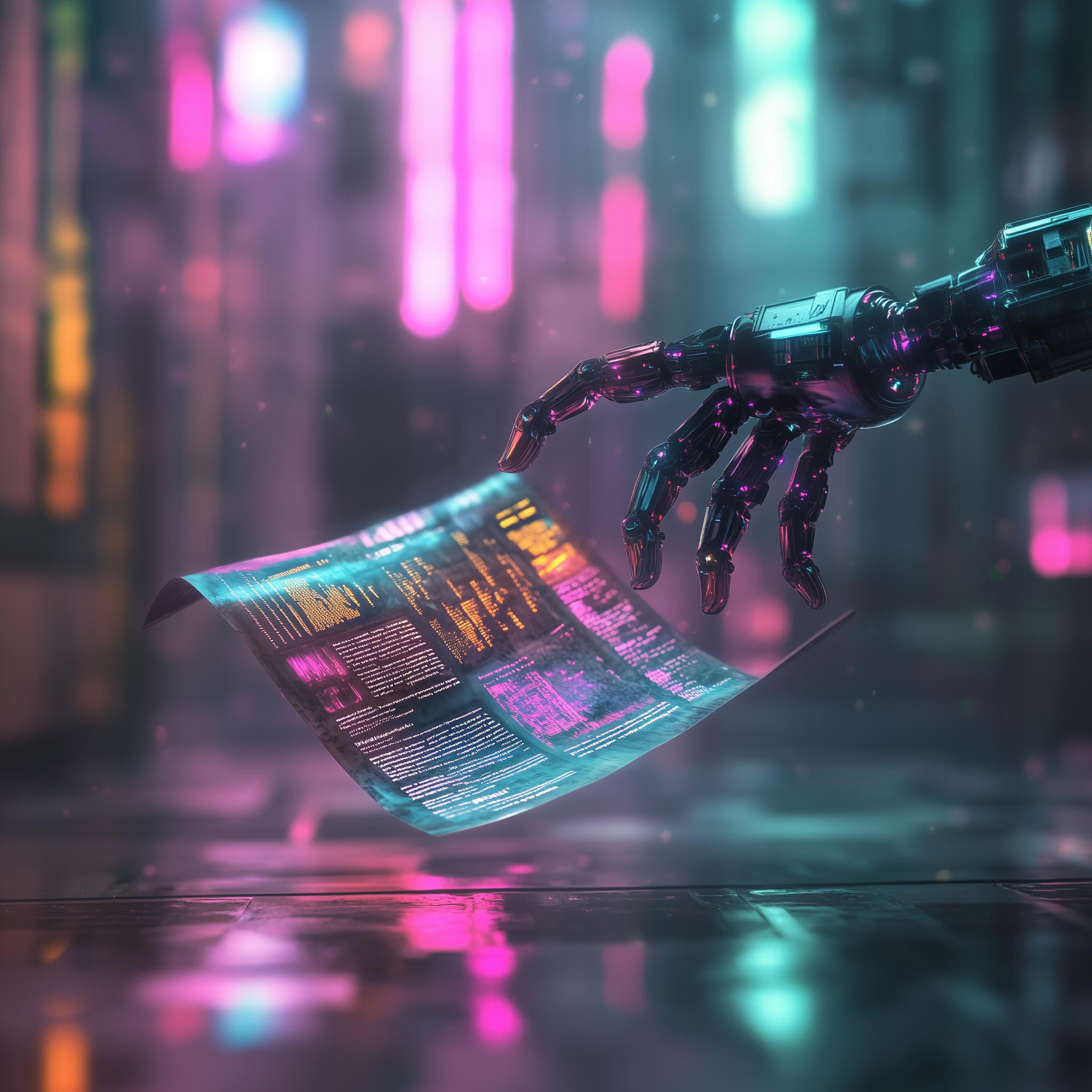I was reading the latest Gartner report on AI agents, and it struck me—AI isn’t just creeping into our daily workflows anymore; it’s kicking down the door and setting up shop. The report, titled Build AI Agent Services to Revolutionize Client Operations, paints a picture of a future where AI agents aren’t just tools but actual digital co-workers. And if you’re in tech, marketing, or business leadership, ignoring this shift would be like refusing to switch from a Nokia 3310 to a smartphone.
So, what does Gartner have to say, and more importantly, what does it mean for you?
AI Agents: Smarter, Faster, and More Independent
The report’s core message is clear: AI agents are evolving beyond simple chatbots and automation scripts. These AI-powered entities are now capable of decision-making, executing tasks, and interacting within both digital and physical environments. They’re not just helping humans work; they’re becoming integral to workflows.
Key Upgrades in AI Agents:
- Multiagent Systems (MAS) – AI agents that collaborate with each other, each specialising in a different function.
- Orchestration Logic – AI can now handle complex decision-making processes and integrations across platforms.
- API-Driven Automation – AI agents seamlessly work with software and databases, reducing the need for human intervention.
The takeaway? AI agents aren’t just fancy tools anymore; they’re rapidly becoming the digital workforce of the future.
How AI Agents Are Disrupting Different Sectors
The use cases for AI agents go far beyond marketing chatbots or customer service automation. Gartner highlights their application in six key domains:
- Consumer Services – Automated purchasing, bundling products based on user preferences, and advanced customer support.
- Industrial Processes – AI optimising manufacturing workflows, predictive maintenance, and even managing supply chain logistics.
- Information & Data Management – Summarising, analysing, and augmenting information at speeds no human could match.
- Creative Workflows – AI-powered design tools, content generators, and media creation assistants (hello, AI-driven ad agencies!).
- Social & Collaboration – AI facilitating virtual teams, managing communication, and even negotiating on behalf of businesses.
- Logistics & Transport – AI-driven inventory management, route optimisation, and autonomous delivery systems.
Think about it: These AI agents aren’t just automating tasks; they’re optimising entire business functions.
Where Should You Start? (AI Implementation Strategy)
Gartner offers some no-nonsense recommendations for business leaders looking to integrate AI agents into their services. Here’s the AI roadmap you should follow:
1. Prioritise Quick Wins
Don’t start with the most complex AI application you can think of. Start with low-hanging fruit—areas where AI can deliver immediate efficiency improvements. Examples:
- AI-driven email sorting and response generation.
- Chatbots that handle first-line customer support queries.
- Automating repetitive marketing tasks (e.g., ad copy generation).
Tip: If you’re in digital marketing, AI-powered SEO tools, content automation, and ad optimisation should be your first focus.
2. Break Down Complex Workflows
Instead of trying to build a single AI solution that does everything, modularise. This is where Multiagent Systems (MAS) come in handy.
For example, an AI-powered blog writing system could involve:
- User Prompt Agent – Accepts the user’s request.
- Research Agent – Finds relevant data.
- Writing Agent – Generates content using AI models.
- Critic Agent – Review and refine the draft.
- Editor Agent – Collaborates with human writers to finalise the content.
By splitting tasks among specialised AI agents, you increase efficiency and output quality.
Security & Risk: AI’s Achilles’ Heel
For all the productivity and efficiency gains, AI agents come with serious risks. Gartner outlines five key areas of concern:
- Decision Accuracy – AI needs to make data-driven, bias-free decisions.
- Data Sensitivity – Secure handling of personal, financial, and business-critical data.
- Regulatory Compliance – AI systems must comply with GDPR, CCPA, HIPAA, and other regulations.
- Cybersecurity Threats – AI agents can be hijacked or manipulated if APIs aren’t adequately secured.
- Operational Oversight – AI should not operate without human supervision—automating the wrong processes can be catastrophic.
The key takeaway? Just because AI can do something doesn’t mean it should. Strong governance and ethical AI practices are non-negotiable.
Don’t Fall for AI-Agent Washing
Gartner warns against AI-agent washing—a trend where companies slap an “AI agent” label on basic automation tools. Not every software with an “AI” tag is using AI-driven decision-making.
A real AI agent has the following components:
- Memory – Short-term (for tasks) and long-term (for historical insights).
- Planning – Breaking down large goals into smaller, optimised tasks.
- Sensing – Pulling data from multiple sources (text, images, audio, etc.).
- Decision Models – AI-powered reasoning, learning, and adaptation.
- Environment Awareness – Adjusting actions based on real-time inputs.
If a tool doesn’t have these core capabilities, it’s just glorified automation, not a true AI agent.
Final Thoughts: AI Agents Aren’t the Future—They’re the Present
Gartner’s report makes one thing clear: AI agents aren’t just coming—they’re already here. And businesses that fail to integrate them will be left behind.
So, what should you do?
- Start small and identify AI use cases that deliver quick wins.
- Modularise AI workflows, breaking them down into multiagent systems.
- Embed AI responsibly, focusing on governance, ethics, and security.
- Avoid AI hype, and only invest in genuine AI-driven solutions.
The bottom line? AI is no longer an experiment—it’s an essential tool for business transformation. And the sooner you get on board, the better.
If you’re still on the fence, remember this: The best time to integrate AI was yesterday. The second-best time is today.



